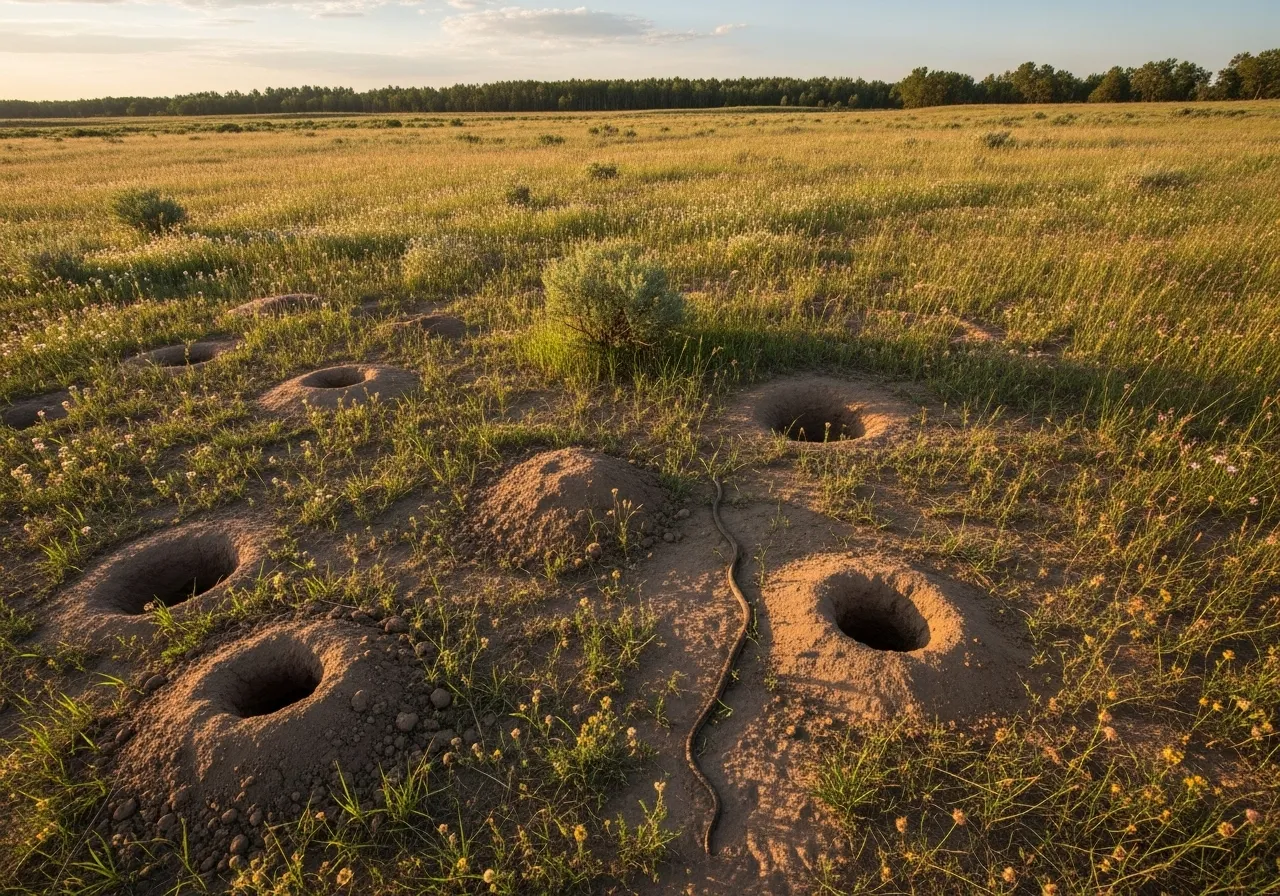
Snakes’ Crucial Role in the Ecosystem
After focusing so heavily on venom and safety, it’s essential to zoom out and appreciate the vital role these animals play in maintaining healthy, balanced ecosystems. Snakes are not malicious villains; they are highly specialized predators that serve as a crucial link in the food web.
One of their most important functions is as natural pest control. Many venomous snakes, particularly rattlesnakes and copperheads, are voracious predators of rodents like mice, rats, and gophers. By keeping these populations in check, snakes help limit the spread of diseases carried by rodents and their parasites. For example, by preying on mice, snakes can indirectly help reduce the number of ticks that carry Lyme disease.
Snakes are also a key food source for other animals. Hawks, eagles, owls, coyotes, and even other snakes rely on them for sustenance. The presence of a healthy snake population is often an indicator of a robust and diverse ecosystem. When snake populations decline, it can have cascading effects, leading to an overabundance of rodents and a scarcity of food for higher-level predators.
Unfortunately, snakes face numerous threats worldwide. Habitat destruction is the primary danger, as development and agriculture fragment the wild spaces they need to hunt and reproduce. Road mortality is also a significant problem, as snakes are often struck by vehicles while basking on warm pavement. Direct persecution by humans who needlessly kill them out of fear or misunderstanding further damages their populations.
Many snake species are now of conservation concern. Organizations like the IUCN Red List track the status of species around the world, highlighting those that are vulnerable or endangered. Protecting these animals starts with changing our perspective—seeing them not as threats, but as essential and valuable members of our natural world.















